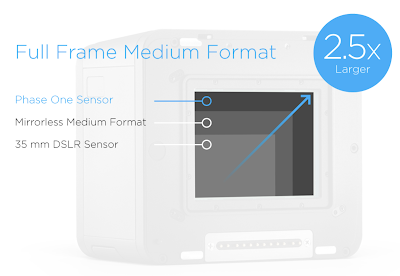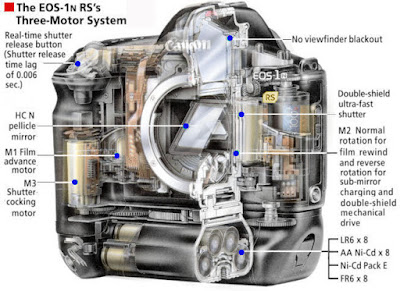How Much Does the Average Consumer Care About Resolution?
At the moment, phone companies tout the imaging capabilities of their phone cameras and try to outdo each other. It is clear that for a proportion of buyers, image quality matters and is a draw factor towards increased sales. The trend is towards ever higher resolution phone camera sensors and some people may wonder if the upwards trend will continue to infinity and beyond.
Yet there is another component of the smart phone whose resolution is well behind digital resolutions achieved back in the 1980s and which shows no trend towards improvement, and that is with audio sound quality. In the 1980s, Sony and Phillips put together a file protocol known as the Red Book Protocol achieving 16-bit Linear PCM (pulse-code modulation) sampled at 44.1 kHz. Today, ultra high resolution PCM protocols go up to 32-bits and 768kHz sampling.
 |
| The Sony CDP-101 released in 1982 used an audio file protocol with a much higher resolution than the majority of modern listeners utilise today when listening to MP3 files |
Yet no phone maker is pushing high resolution audio as the public simply don't care any more. They don't know, let alone care, if their streaming apps and downloads of AAC or MP3 files are of drastically lower resolution than something from the 1980s. Nor are hi-res audio files like 24-bit/96kHz anything new. People were talking about 24/96 digital formats in the late 1990s, so it's not like technology hasn't had time to keep up with progress.
As for me, I struggle to hear the difference between 24-bit/96kHz and 24-bit/192kHz files, especially as newer DACs also upsample files so that lower res files are made to simulate hi-res files. It's a bit like upsampling a 16MP camera sensor image to a 36MP equivalent resolution image. Upsampling can be so good that it can make it hard to tell the difference between 16-bit/44.1kHz and 24-bit/96kHz.
That raises the question as to whether there will be a point after which the public lose interest in chasing ever better photo and video imaging resolution as things become "good enough", and with plenty of alternative specs to chase in rival emerging technology areas, the focus of interest may move elsewhere. At a certain point, imaging quality might even start to take a backward step to make room for other "cooler" features with most people not even noticing. This will not stop manufacturers trying to push 8K or even higher video resolutions in the short term. You may react with disbelief at the suggestion that the public might lose interest in higher resolution imaging formats, but then again when was the last time you played music at 24-bits/96kHz resolutions let alone at 32-bits/768kHz? The digital-audio converter (DAC) in your "smart" phone wouldn't even be able to handle such high resolution formats even if you downloaded such files onto it (at least not without downsampling them). In fact, you probably didn't even know that your phone DAC couldn't handle hi-res audio files at native resolutions. Now that you know, you probably still don't care. That's where your care factor will increasingly be when they tout the wonders of 16K, 24K, and 32K video.




Comments
Post a Comment